Archaeologists have been arguing for years about the social structure of Çatalhöyük, a big Neolithic settlement in Turkey that was around from 7100 to 6000 BCE. Was it a society where women were in charge, or was it something else? Finally, a new study published in Science has answered this question. The study shows that this old proto-city was built around female lineages, with women playing a big part in family relationships, burial customs, and maybe even government. Researchers looked at the DNA of 131 skeletons and found proof of a society where daughters lived with their mothers, husbands moved into their wives’ homes, and burial goods were given to women five times more than men. This discovery goes against what many people in the West have thought about prehistoric societies for a long time. It makes us rethink where power, family roles, and gender roles came from in human history.
A City Without Streets, but Full of Secrets
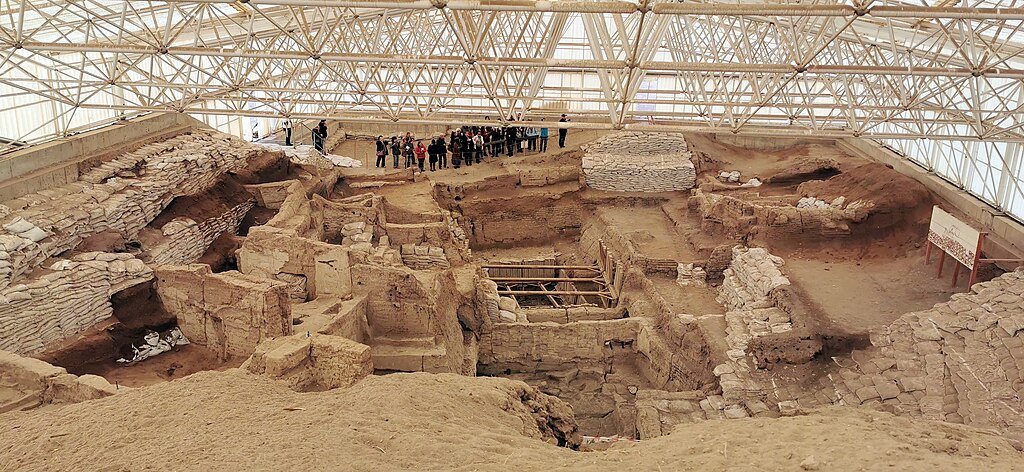
Çatalhöyük was not your average ancient town. There were no streets or doors, so people walked on rooftops and climbed down ladders to get into their homes. The 8,000 people who lived in the city lived in small mud brick houses. They buried their dead under the floors, which kept genetic clues for thousands of years. Recent DNA tests showed that families were based on maternal lines. Daughters stayed in their birth homes, while sons probably left to join their wives’ families. This “matrilocal” system shows that women were the centre of social and economic life, which is very different from how things were in Neolithic Europe when men were in charge.
The Mother Goddess Controversy
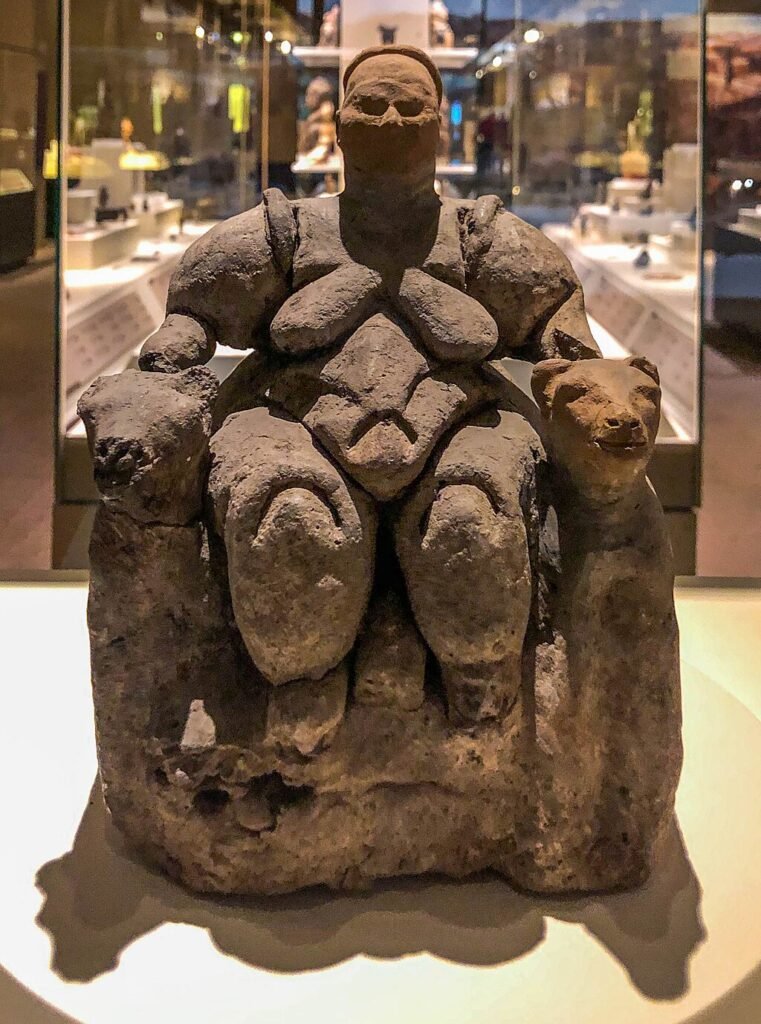
When British archaeologist James Mellaart first dug up Çatalhöyük in the 1960s, he was amazed by how many female figurines there were. The most famous one is the “Seated Woman of Çatalhöyük,” a fat figure with leopards on either side. Mellaart thought that the city worshipped a Mother Goddess. This idea helped New Age movements and feminist reinterpretations of prehistory. However, Ian Hodder from Stanford led more digs in the 1990s that suggested a more equal society, with no clear evidence of women being in charge. The new genetic study finds a middle ground: Çatalhöyük was not a full matriarchy, but women were definitely a big part of its social structure.
Grave Goods Tell a Story of Female Prestige
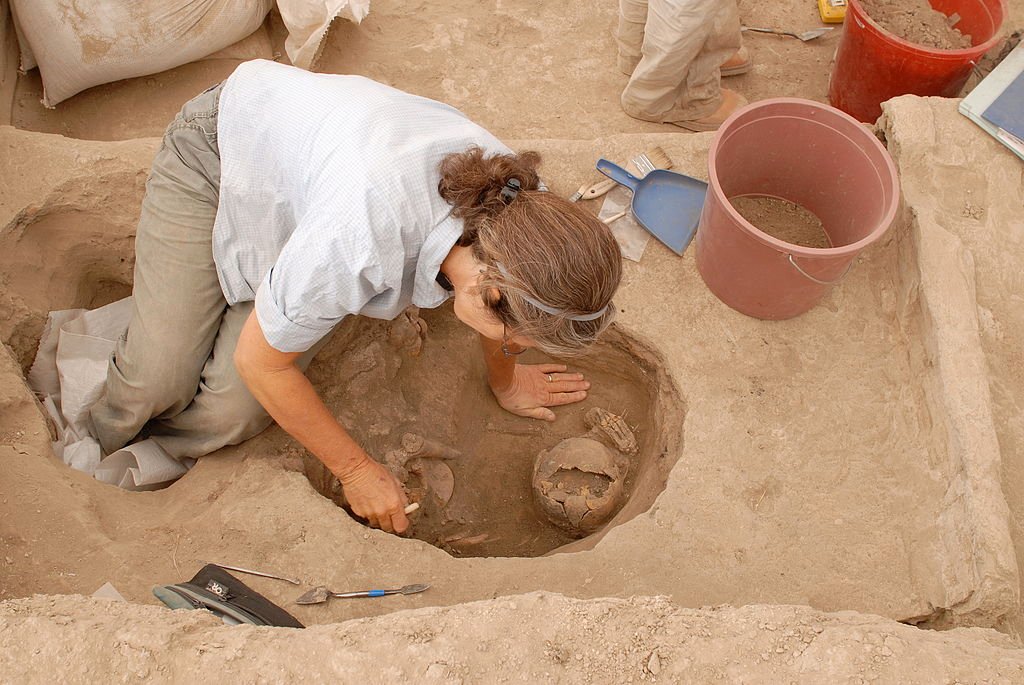
The difference in burial offerings was one of the most surprising things we found. Traditional osteology couldn’t tell the sex of infant skeletons, but it did show that girls got a lot more grave goods than boys. Women were buried with jewellery, tools, and ritual items five times more often than men. This makes it seem like girls were given higher status from birth, maybe because of their roles in inheritance or religion. Dr. Eline Schotsmans, one of the study’s authors, said, “We need to get rid of our Western bias that says all societies are patrilineal.”
A Society Ahead of Its Time Or a Lost Norm?
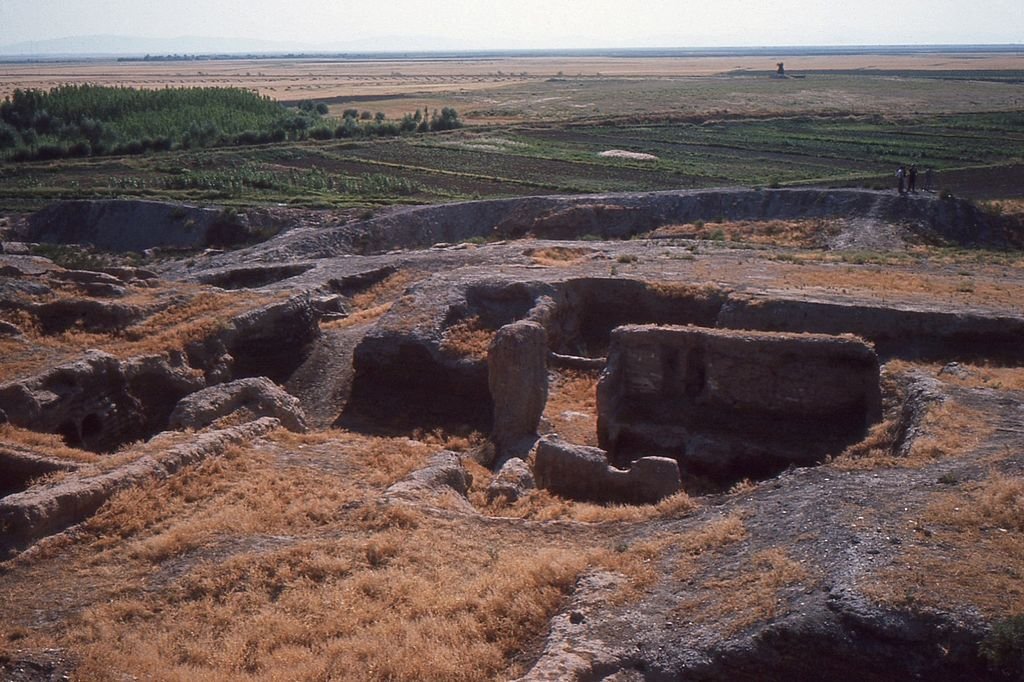
The way that women were in charge of things in Çatalhöyük is very different from how things were in later Neolithic societies, where men were in charge. Researchers think that women’s roles may have been connected to early farming, and that women’s knowledge of how to grow plants may have given them social power. But the fact that the city is so different makes people wonder: Was Çatalhöyük an outlier, or did other matrilineal societies leave no trace in the archaeological record? Ongoing DNA studies of nearby sites may help us learn more, but for now, Çatalhöyük is still the oldest known example of a society led by women.
The Skeleton in the Wall: A Grisly Clue to Power
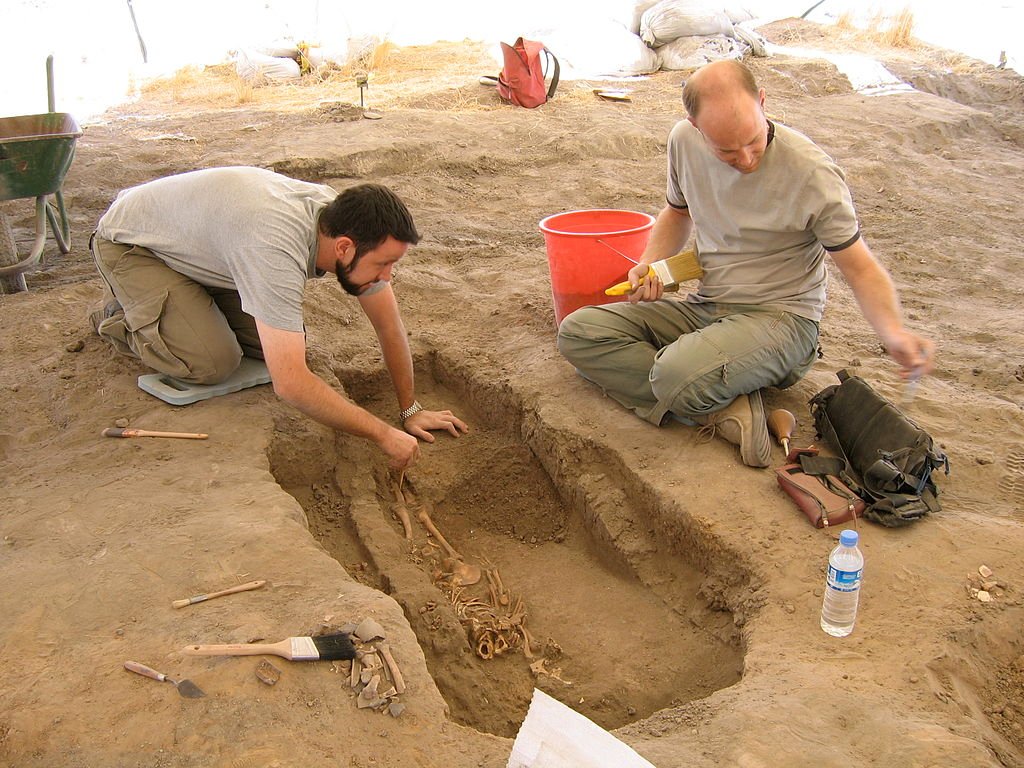
Some of the mysteries at Çatalhöyük are not peaceful. Some burials show signs of taking the skulls out after death, and the heads were later displayed or buried again. This was a common practice in other Neolithic cultures. Interestingly, these “curated” skulls belonged to both men and women, which suggests that they had the same ritual power. Sooty ribs in skeletons show that people of all genders spent the same amount of time inside, breathing in smoky air from fireplaces. This goes against the idea of strict gendered labour divisions, which makes it even harder to understand how Çatalhöyük’s society worked.
Why Does This Discovery Matter Today?
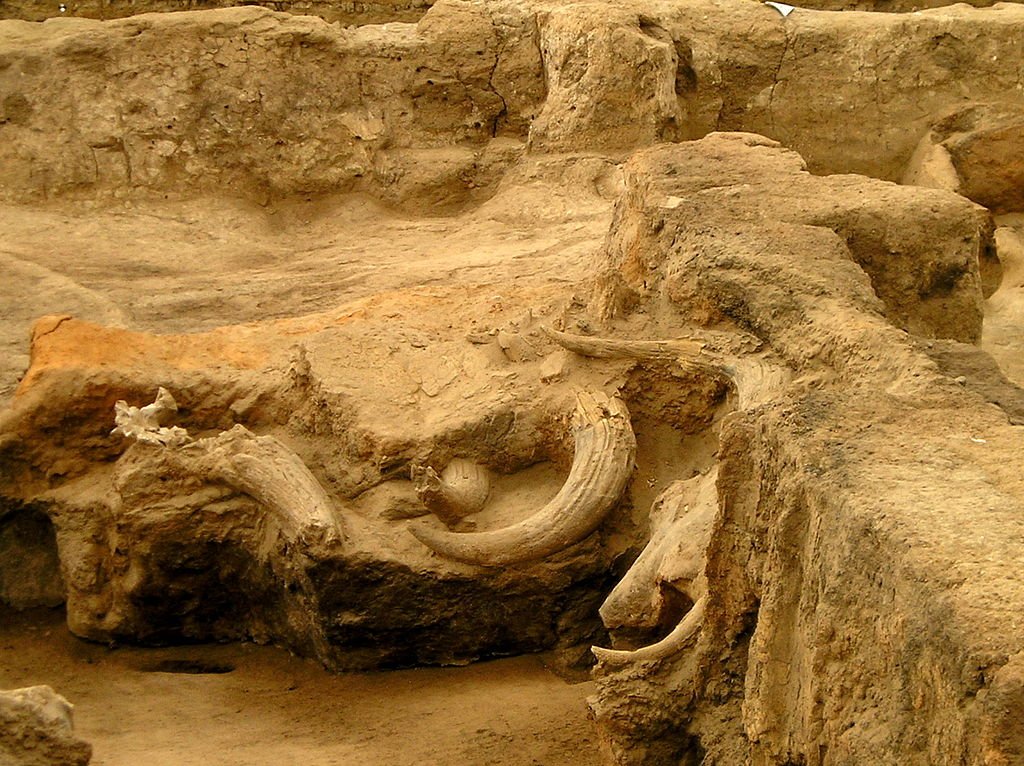
The results make us question long-held beliefs about human history. Benjamin Arbuckle, an archaeologist, said that if the burial patterns favoured males, scholars would “have little hesitation in concluding that patriarchal power structures were at play.” The fact that archaeologists are hesitant to call Çatalhöyük a matriarchy shows that they still have biases. But the fact that the city exists shows that gender equality or even putting women at the centre of things is not a new idea. It has been possible for a long time. Hodder’s team came to the conclusion that Çatalhöyük shows that “sex is genetic, but gender is cultural.”
Conclusion
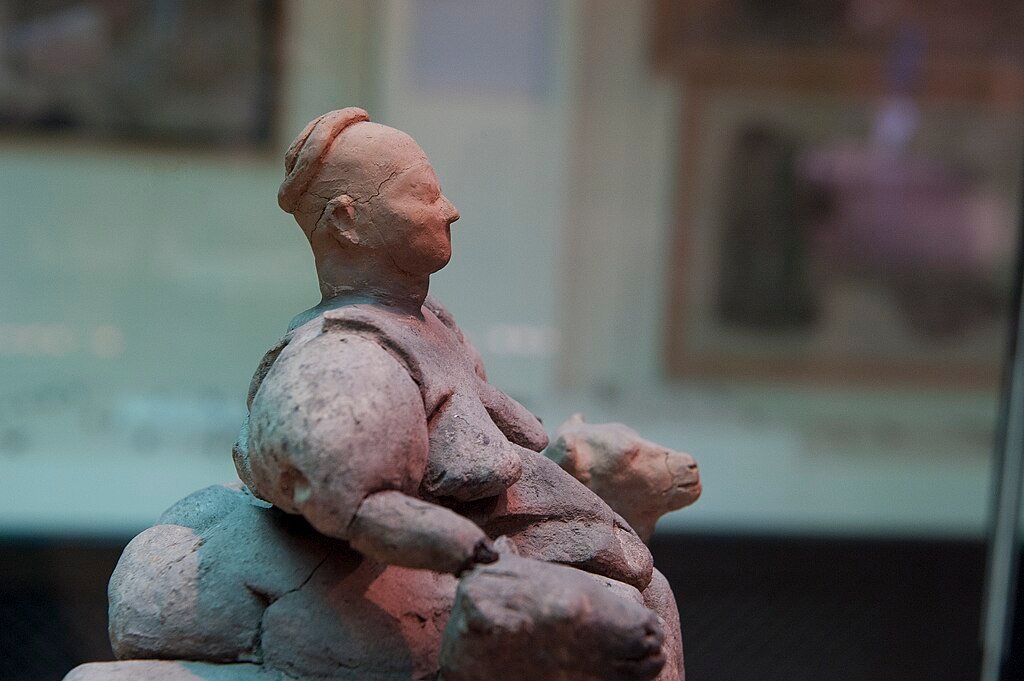
The DNA of Çatalhöyük has spoken, and what it says is revolutionary: Nine thousand years ago, a city was doing well because women had clear social and symbolic power. This Neolithic society goes against the usual story of male-dominated prehistory, whether through maternal lineage, ritual prominence, or economic power. Çatalhöyük is a reminder that the past was much more complicated than we thought and that people organised their societies in many different ways.
Sources:

Suhail Ahmed is a passionate digital professional and nature enthusiast with over 8 years of experience in content strategy, SEO, web development, and digital operations. Alongside his freelance journey, Suhail actively contributes to nature and wildlife platforms like Discover Wildlife, where he channels his curiosity for the planet into engaging, educational storytelling.
With a strong background in managing digital ecosystems — from ecommerce stores and WordPress websites to social media and automation — Suhail merges technical precision with creative insight. His content reflects a rare balance: SEO-friendly yet deeply human, data-informed yet emotionally resonant.
Driven by a love for discovery and storytelling, Suhail believes in using digital platforms to amplify causes that matter — especially those protecting Earth’s biodiversity and inspiring sustainable living. Whether he’s managing online projects or crafting wildlife content, his goal remains the same: to inform, inspire, and leave a positive digital footprint.



